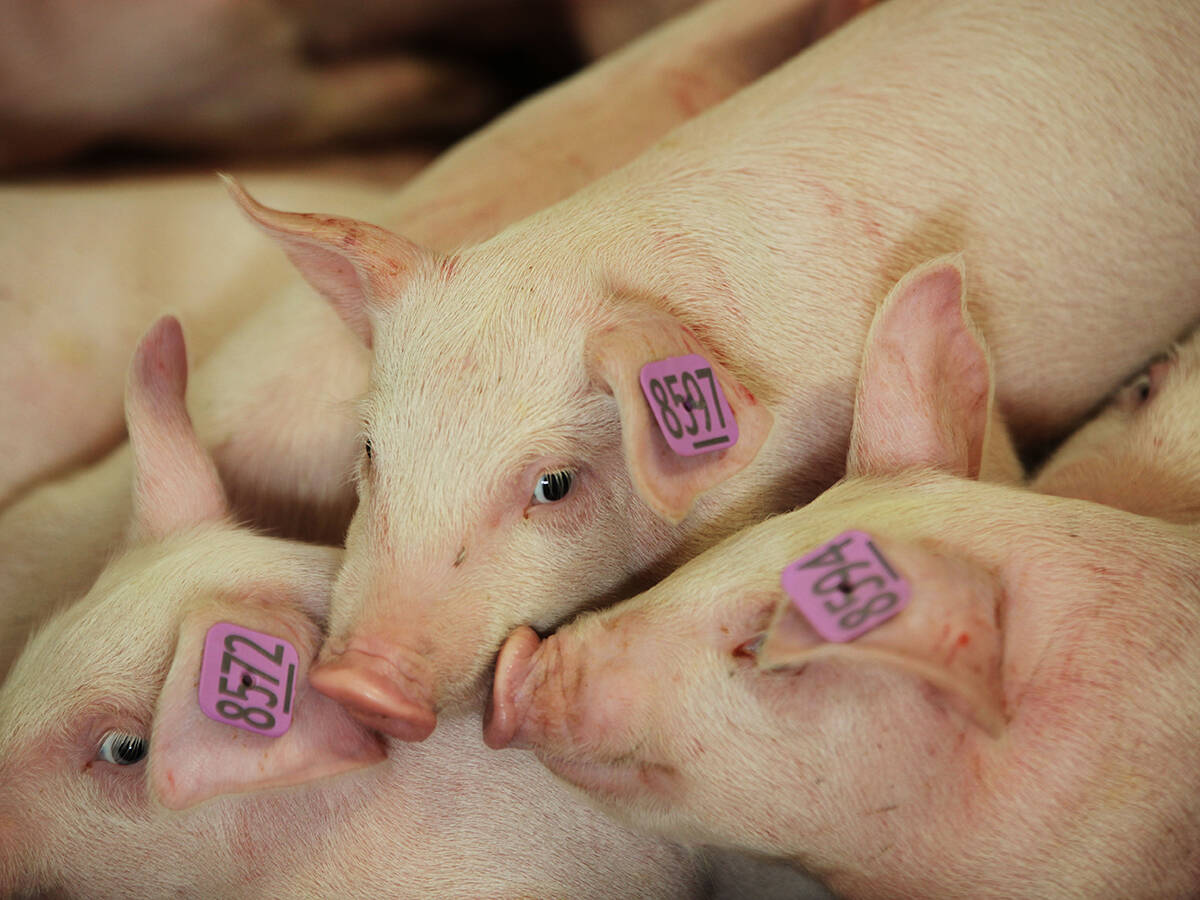For most people I know, the thought of knowingly eating horse meat leaves a bad taste in their mouths.
A few adventurous types have expressed their interest in trying it, but I suspect none would be pleased to find it in products labelled as some other type of meat.
The recent discovery of horse meat passed off as beef in Europe is yet another blow to the horse slaughter industry in Canada.
The price of horses in Canada is still depressed following the closure of U.S. slaughter facilities in 2007. The issue of what to do with the excess horses has been brewing ever since.
Read Also

The Western Producer Livestock Report – October 16, 2025
Western Producer Livestock Report for October 16, 2025. See U.S. & Canadian hog prices, Canadian bison & lamb market data and sales insights.
A large number of these unwanted horses are shipped to slaughter plants in Canada and Mexico, where some of the meat is consumed locally, but the majority is shipped overseas, primarily Europe and Japan. Fewer than 100,000 horses are slaughtered each year in Canada for meat.
The U.S. recently lifted its ban on federal inspection of horses at slaughter, suggesting horse slaughter in that country may resume soon.
Decreased meat consumption is one of the anticipated effects of the recent tainted meat scandal as consumer confidence is shaken again.
The consumption of beef in the United Kingdom has been on the decline since a link was established in 1996 between BSE and the human form of the disease, new variant Creutzfeldt-Jakob disease. This latest scandal isn’t going to help matters.
It is surprising that incidences of mislabelling are not more common, given the globalization of the food industry.
For example, the melamine-contaminated pet food and baby formula scandals highlight the interconnected and sometimes unscrupulous nature of this industry.
The chemical melamine artificially increases a product’s nitrogen content, creating an increase in perceived protein content when tested and therefore garnering a better price. Nitrogen is used to indirectly measure protein content in food.
It is not clear how often Canadian or imported ground meat products are tested to ensure the meat is from the species listed on the label and how likely it is that a similar mislabelling event could happen here. The economic incentive to pass off horse meat as beef may not exist in Canada because horse meat is sold at premium prices as a delicacy rather than discount ground meat.
Food safety is a major concern with any type of animal product, whether it is eggs, mutton or horse. One aspect of food safety is ensuring that food is not contaminated with drug residues, which is why the Canadian Food Inspection Agency spends a great deal of taxpayers’ money testing animal products before they hit store shelves.
The anti-inflammatory drug phenybutazone, also known as bute, is commonly given to horses with arthritis pain and lameness. It is not labelled for use in food animals. The CFIA has a zero tolerance policy for this drug, which means any detectable amount in meat is considered a drug residue violation.
Many horses are given this drug and there are few or no records, unlike other meat production systems. Information on a horse’s previous health treatments is either non-existent or easily lost when it moves from companion animal to meat livestock, often through auction market sales.
The CFIA has made equine information documents a requirement for horses destined for slaughter since 2010. This document includes all medication and vaccines given within the last six months. The program should reduce the risk of recently treated horses entering the human food chain.
















